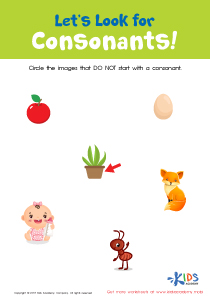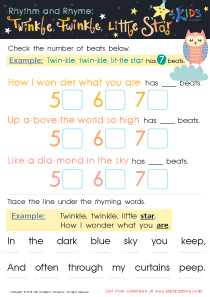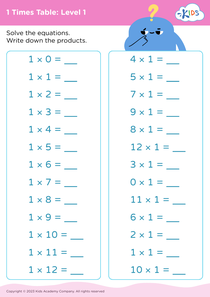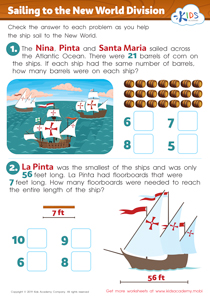Foundational Reading Lessons | Letter Sound Relationships, Grade 2
0 results
Introducing our Letter Sound Relationships Lessons for children in Grade 2! Our interactive worksheets, educational videos, and assessment quizzes are creatively designed to aid children in understanding the relationship between letters and the sounds they represent. With this program, your child will improve their phonological awareness and excel in reading and spelling. Our well-structured curriculum empowers your child to learn at their own pace, making learning fun and effortless. Additionally, our experienced educators are dedicated to ensuring your child's success and offer exceptional support throughout the program. Give your child the confidence they need to read fluently with our Letter Sound Relationships Lessons!
Learning how to read and write is a crucial part of every child's education. In order to become proficient readers and writers, children need to learn about letter sound relationships. Letter sound relationships refer to the connection between letters and the sounds they make. For example, the letter 'a' makes the 'ah' sound.
Letter sound relationships lessons are designed to help children in grade 2 master this essential skill. These lessons use interactive worksheets and sometimes educational videos and assessment quizzes to provide a fun and engaging learning experience for the students. Here's how our lessons on letter sound relationships can be helpful to kids in their studies:
1. Improved Reading Skills:
Letter sound relationships lessons help children to recognize the sounds that the alphabet letters make. When the children learn to match the sounds with the alphabet letters, they become better readers. The knowledge and awareness of sound-letter relationships enable children to read more fluently, which contributes to enhanced reading comprehension.
2. Enhanced Spelling Abilities:
Letter sound relationship lessons help children to understand the correlation between letters and their corresponding sounds. This knowledge makes it easier for them to spell words correctly. If children understand sound-letter relationships well, they will be able to spell even complex words more efficiently. The proficiency of spelling skills will have a broader impact on all areas of study where spelling is required.
3. Improved Pronunciation:
The knowledge of letter sound relationships allows children to read and say new words correctly. This improves their pronunciation and ability to communicate effectively. Children, who can pronounce words correctly, are more confident in their reading and speaking skills, which can advance their ability to participate effectively in various educational activities.
4. Academic Progression:
Letter sound relationships lessons help children to develop skills in phonics and phonemic awareness. When children become better at phonics and phonemic skills, they can identify sounds and phonemes that correspond to a word. This ability to identify sounds and phonemes contributes to the development of reading skills. Moreover, the intense focus required when practicing these skills can improve cognitive abilities and enhance academic progression.
5. Interactive Learning:
Interactive learning is an essential component of our letter sound relationships lessons. Our lessons feature interactive worksheets, educational videos, and assessment quizzes that keep children engaged throughout the learning process. The interactive nature of the lessons motivates children to learn more, and thus they can retain more information over time.
In conclusion, letter sound relationships lessons are an essential part of any child's educational journey.















